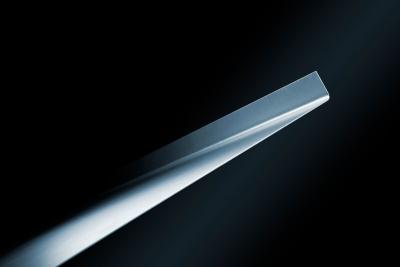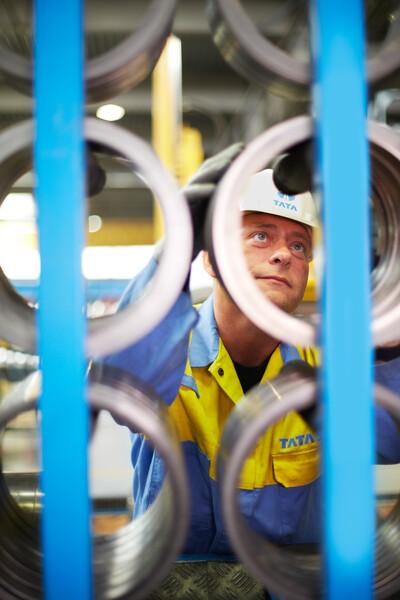In the 10+ years I have been working with automotive steels, responsible for both introducing new products, but also understanding what grades customers are looking for, I have often heard stamping engineers stating, “can’t change that shape because it is dictated by styling”. This is usually while puzzling over an exterior panel with splitting or wrinkling issues. Sharp radii, crisp feature lines and a flat surface may look amazing cruising down the motorways, but they are less amazing when you have to form them! It seems no matter how formable we make our steel, there is always a need for more.
There is change coming in the automotive industry which could have a huge impact on the style and design of cars. I am not talking so much about electrification, as this has not resulted in a significant change in vehicle style (yet), but rather autonomous vehicles. These vehicles will be used and will also interact in a different way to the cars of today. Will this result in a re-styling of the car? A move away from the characteristic shape we all know so well? I like to think it can open up the possibilities for car stylists and bring new levels of freedom in the shapes and forms of cars for the future.
With this in mind the new super formable CR6-GI (or in Euronorm terminology DX58D+Z) steel now available from Tata Steel can help open up these possibilities, give the extra freedom to automotive designers and take on the challenge of forming the complex shapes demanded by the automotive industry today and for the future.
How does it work?
The deep-drawability of steel is characterised by the r-value. When steel sheet is deformed, it strains in many directions. The r-value basically tells you if strain in the length is accommodated more by the width or the thickness strain. Obviously, it is better to have more width strain, as material that thins too fast will split before reaching its final shape. Therefore, logically we need as high an r-value as we can get.
Another consideration is isotropy, or the formability of the material in multiple directions. Car bodies have complex shapes so excellent formability in only one direction is not good enough. This aspect was given particular attention in the development of our CR6-GI.
The r-value is normally specified in 0 or 90 degrees to the rolling direction of the steel, however for many parts, the straining is not only happening in 0 or 90 degrees, but also in other directions. If you consider bodyside panels, here an area of critical straining is at the door aperture where the B-pillar meets the sill. A familiar area to all press shops because you often see cracks. Car designers have to be careful with designing deep bodysides with a sharp angle between B-pillar and sill to ensure the final panel is makeable. The critical direction is not only 0 or 90 but also diagonal, or 45 degrees to the rolling direction.
Our new CR6-GI grade has been optimised to have excellent formability in all directions. Guaranteed.
Now, guess which direction forming steels typically show the lowest r-value when deforming? Yes, unfortunately it is in the 45 degree direction (r45). Enter our new CR6-GI grade. This has been optimised to not only have excellent formability in 0 and 90 degree directions but also r45. Normally the r45 is up to 30% lower than the r0 and r90 values, however through carefully controlled processing we have successfully reduced this to only 15% for the new CR6-GI. What does this mean in terms of guaranteed values? Well the new grade easily complies to the proposed VDA239-100 CR6-GI specification, but on top of that the Tata Steel grade offers additional guarantees in this critical r45 direction of ≥1,9. This results is an average r-value in 3 directions of ≥2,4.
What’s next?
Come and give it a try! The CR6-GI is up and running and commercially available for orders. Alternatively, we have forming simulation data cards or raw data available for you to make your own simulations to evaluate the potential of the material. The material is initially available in thicknesses between 0,65 and 1,0mm and widths close to 2m. Please get in touch and we will be happy to tell you about this great new product and to discuss your requirements.
>> Return to the main Automotive blogs page














































































































































































